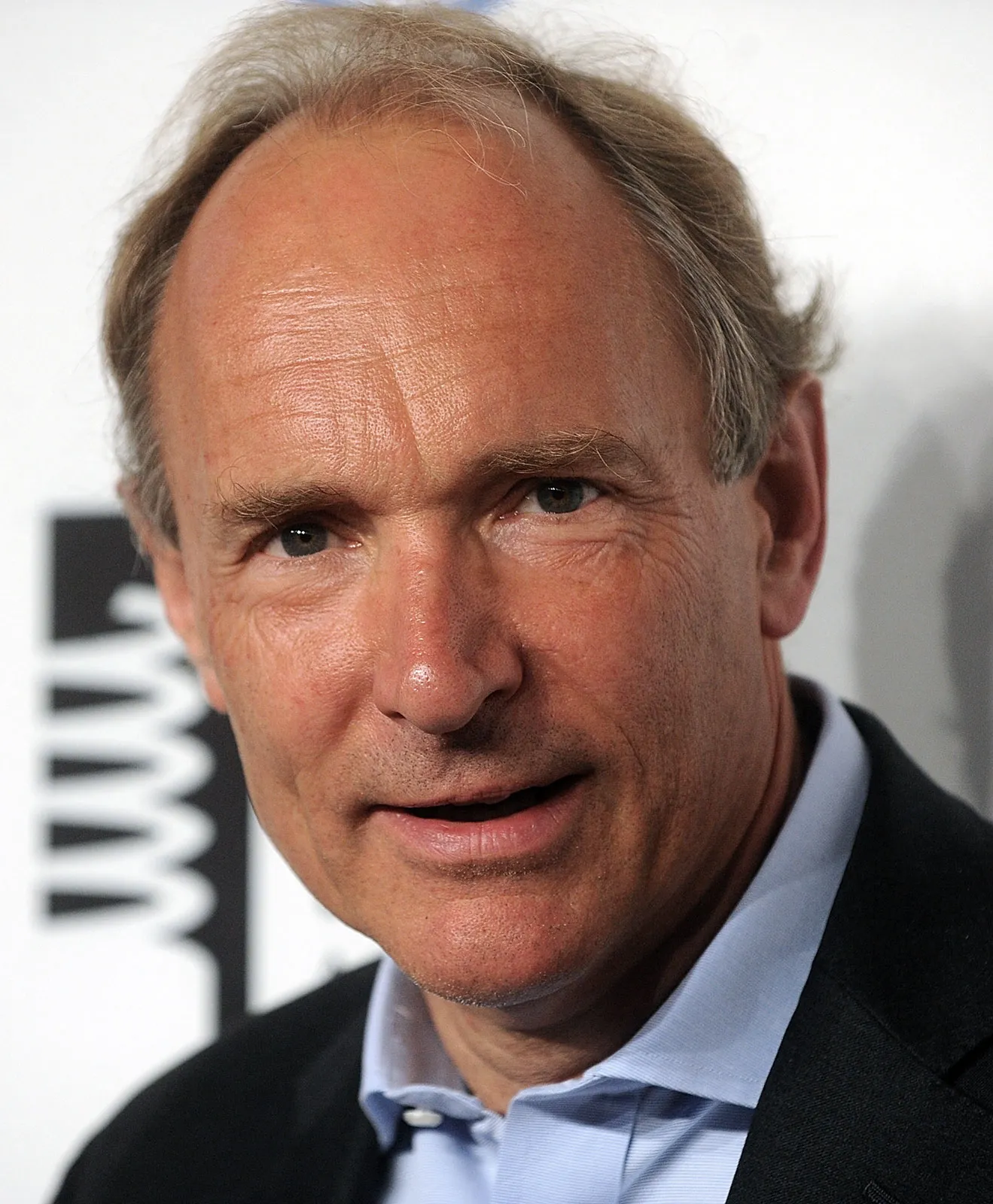Tim Berners-Lee is well-known all over the world for inventing the World Wide Web. He was born in London, in 1955. Being influenced by his parents, after graduating from Oxford University with a degree in Physics, Berners-Lee started his career in computing in the United Kingdom. In 1980, he worked as a software engineer at Conseil Européen pour la Recherche Nucléaire (CERN) in Switzerland. During his work there, he created a system named ‘Enquire’, which can store and share information. In 1989, Berners-Lee developed Hypertext Markup Language (HTML) with his colleagues. Universal Resource Locator (URL) and a system called Hypertext Transfer Protocol (HTTP) were created by him as well (Alesso & Smith, 2006). In 1991, the World’s first website was created and began to be used more widely (Joshua, 1999).
In 1994, he founded and directed the World Wide Web Consortium (W3C), a Web standards organization at the Massachusetts Institute of Technology’s Laboratory for Computer Science in the United States. Berners-Lee has been well-known since the Queen knighted him in 2004. (Constable et al. 2008).
Furthermore, “For inventing the World Wide Web, the first web browser, and the fundamental protocols and algorithms allowing the Web to scale”, he was awarded the ACM’s A.M. Turing Award. Also known as, the “Nobel Prize of Computing” (Haigh, 2016).
Tim Berners-Lee plays a very important role in the development of the Computer Science. He invented the World Wide Web, the first web browser. Nowadays, the World Wide Web is used by almost everyone, every day in the world. We use it to look for the information we need to study or work and can use it to share our ideas with others from across the world. It has made it easier for people to communicate with each other with them never having to meet in person. At the same time, it makes it possible for us to explore the world, through an online lens.
Reference
Alesso, H.P. and Smith, C.F. (2006) Thinking on the web: Berners-Lee, Gödel, and Turing. Hoboken, New Jersey: Wiley-Interscience.
Barket, B. (2014) Tim Berners-Lee, Encyclopædia Britannica. Encyclopædia Britannica, inc. Available at: https://www.britannica.com/biography/Tim-Berners-Lee#/media/1/62493/253280 (Accessed: October 21, 2022).
Constable, &R, & Britannica (2008), 100 Most Influential Scientists, Encyclopaedia Britannica, Incorporated, Chicago. Available from: ProQuest Ebook Central. [1 November 2022].
Haigh, T. (2016) Sir Tim Berners-Lee - A.M. Turing Award Laureate, Amturing.acm.org. Available at: https://amturing.acm.org/award_winners/berners-lee_8087960.cfm (Accessed: 2022).
Joshua, Q. (1999) “Tim Berners-Lee,” TIME, 4 March, p. 192.

Tim Berners-Lee (Barket, 2014)